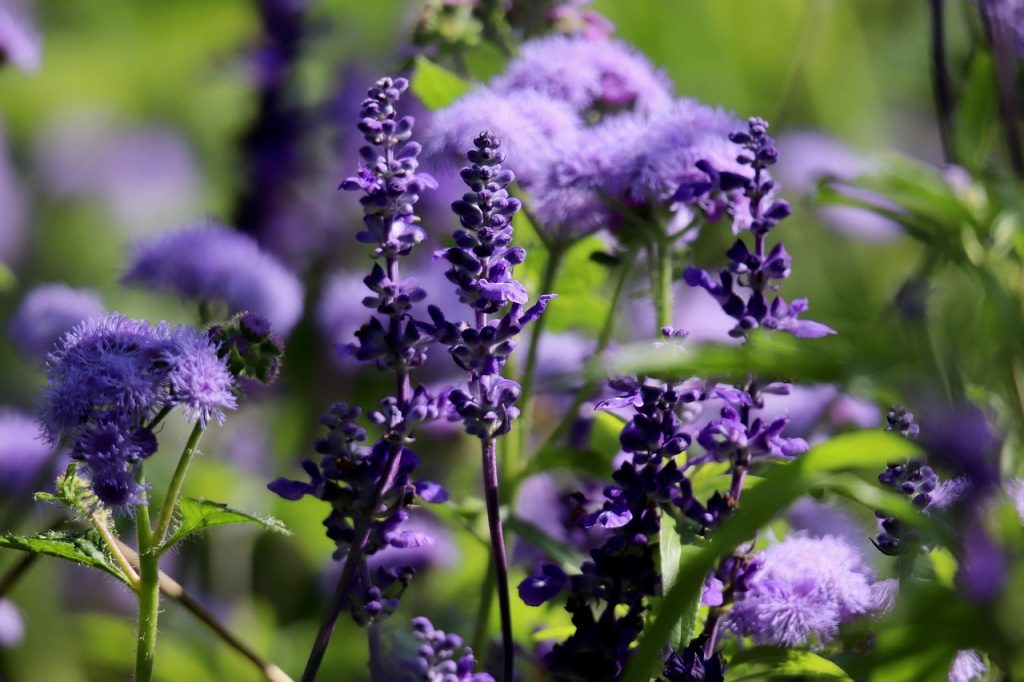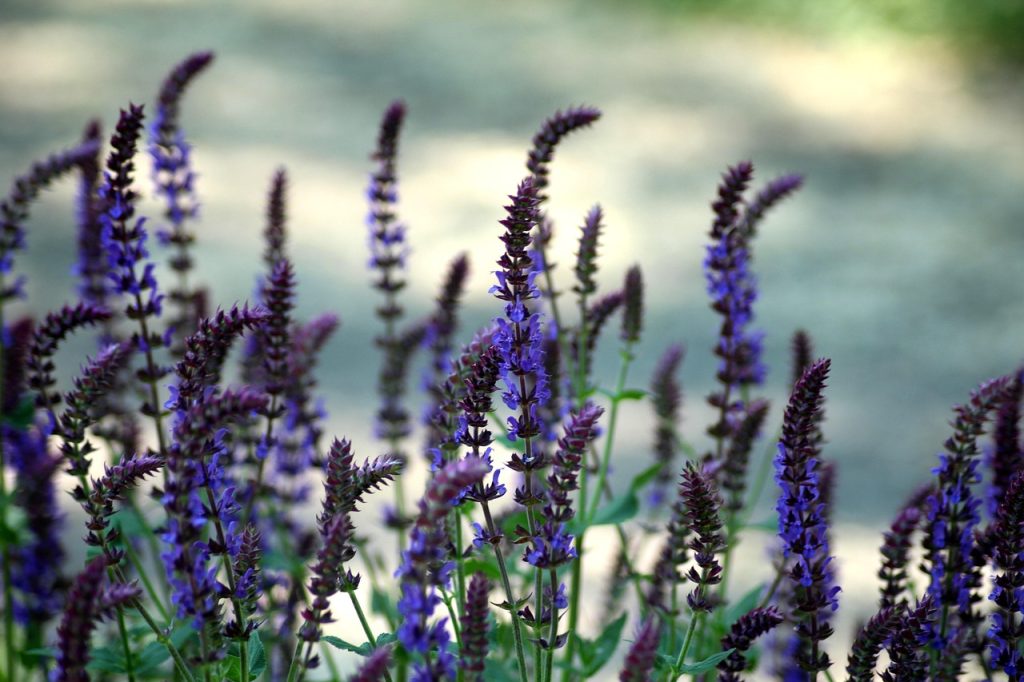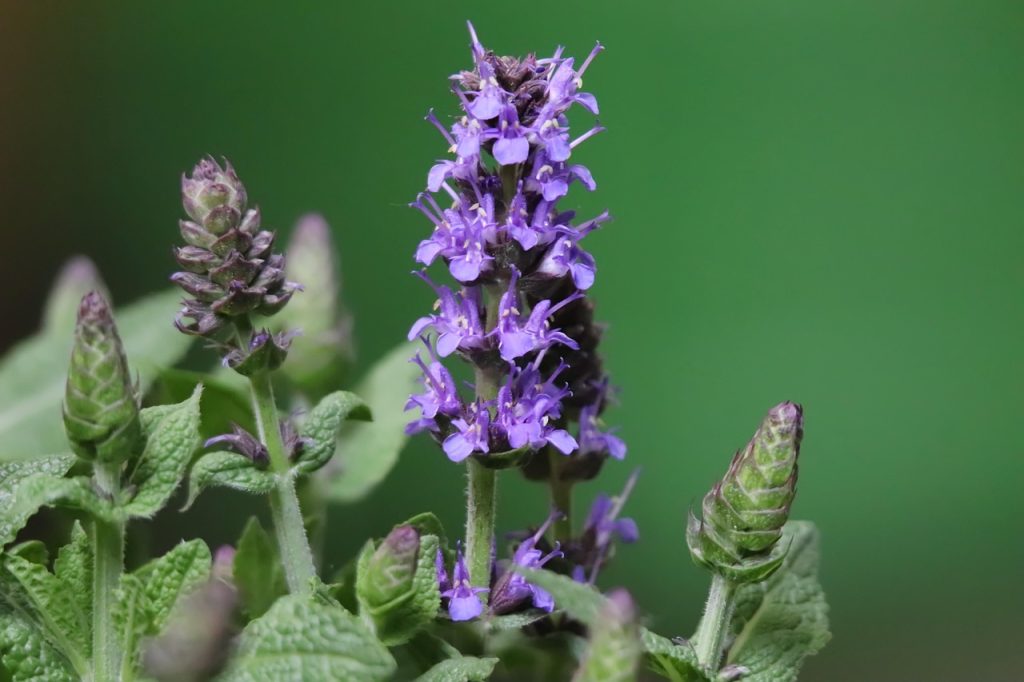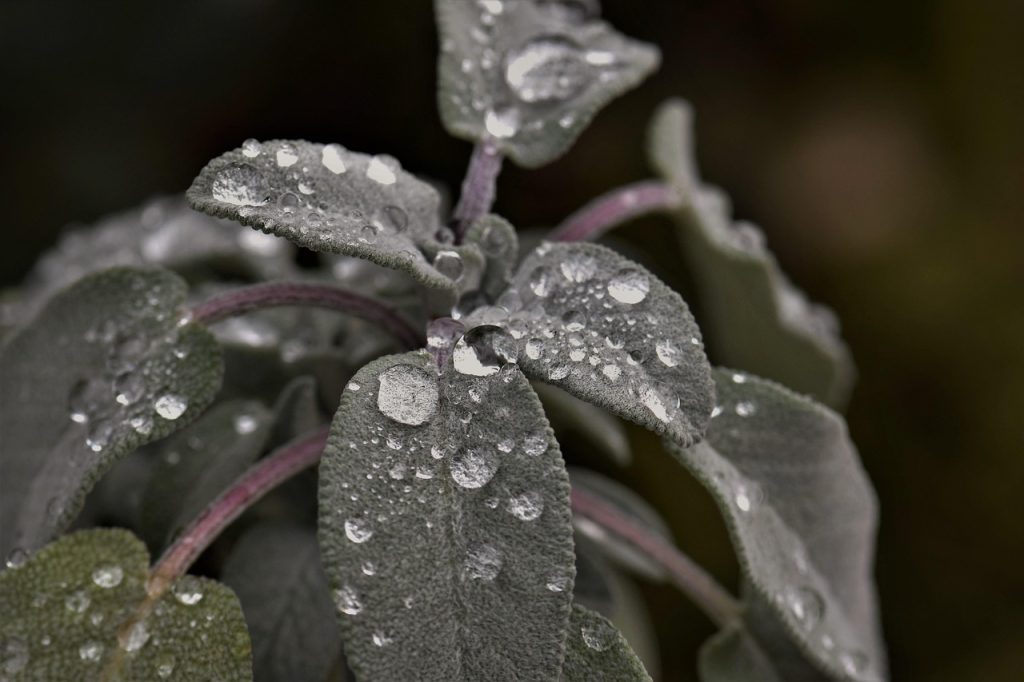Russian Sage (Perovskia atriplicifolia) is a standout perennial that brings airy elegance and resilience to sunny gardens. Known for its silvery foliage and vibrant lavender-blue flower spikes, this low-maintenance plant is a favorite among U.S. gardeners, especially in drought-prone regions. Native to Central Asia, including parts of Afghanistan and Pakistan, Russian Sage thrives in tough conditions, making it a go-to for xeriscaping and pollinator-friendly landscapes. Its long bloom time, often from midsummer to early fall, attracts bees, butterflies, and hummingbirds, while its aromatic leaves add a subtle fragrance to garden spaces. Whether you’re a beginner or a seasoned gardener, Russian Sage is a versatile addition to your landscape, offering beauty with minimal effort.
In this guide, we’ll dive into everything you need to know about growing and caring for Russian Sage, from its unique characteristics to practical tips for success. Let’s explore why this plant deserves a spot in your garden!

Russian Sage Plant Profile
Botanical Classification
Russian Sage, scientifically known as Perovskia atriplicifolia, belongs to the Lamiaceae family, which includes mint and lavender. Despite its common name, it’s not a true sage (Salvia species) but shares similar traits like aromatic foliage and a preference for sunny, dry conditions. In 2017, botanists reclassified it under the genus Salvia as Salvia yangii, but most gardeners and nurseries still refer to it as Perovskia atriplicifolia.
Growth Habits
Russian Sage is a woody-based perennial that grows 2–4 feet tall and 2–3 feet wide, depending on the cultivar. It forms upright, airy clumps with slender, silver-green stems. The plant blooms from July to October, producing clouds of tiny, tubular lavender-blue flowers in long panicles. Its blooming season lasts up to 10–12 weeks, making it a reliable choice for continuous color.
Distinct Features
- Foliage: Silvery-gray, finely textured leaves with a slightly serrated edge, releasing a sage-like fragrance when brushed or crushed.
- Flowers: Small, vibrant lavender-blue blooms that attract pollinators.
- Texture: Airy and delicate, adding a soft, wispy look to garden beds.
Popular cultivars include ‘Blue Spire’ (taller, vivid blooms), ‘Little Spire’ (compact, 2 feet tall), and ‘Denim ‘n Lace’ (bushier with upright growth).
Ideal Growing Conditions
Russian Sage is a tough plant that thrives in conditions where others might struggle. Here’s what it needs to flourish:
USDA Zones
Russian Sage is hardy in USDA zones 4–9, making it suitable for most U.S. climates, from chilly northern winters to hot southern summers.
Sunlight Needs
This perennial loves full sun, requiring at least 6–8 hours of direct sunlight daily. Too much shade can lead to leggy growth and fewer blooms.
Soil Type and pH
Sage prefers well-drained, poor to moderately fertile soils. It tolerates sandy or rocky soils and thrives in a neutral to slightly alkaline pH (6.5–7.5). Avoid heavy clay soils, as they can cause root rot.

Drought-Tolerance
Once established, Russian Sage is exceptionally drought-tolerant, making it ideal for xeriscaping or low-water gardens. Its deep root system allows it to access moisture even in dry conditions.
How to Plant Russian Sage
When and Where to Plant
The best time to plant Russian Sage is in spring or early fall, allowing roots to establish before extreme heat or cold. Choose a sunny spot with good air circulation to prevent fungal issues. Avoid low-lying areas where water collects.
Spacing and Depth
Space plants 2–3 feet apart to accommodate their mature spread. Dig a hole as deep as the root ball and twice as wide. Place the plant so the top of the root ball is level with the soil surface, then backfill and water thoroughly.
Tips for Transplanting Nursery Plants
- Choose healthy nursery plants with no signs of wilting or yellowing.
- Water the plant well before transplanting to ease root shock.
- After planting, mulch lightly with gravel or bark to retain moisture without suffocating the roots.
Watering & Fertilizing
Watering Schedule
- Establishment Phase (First Year): Water regularly (once or twice weekly) to help roots establish, keeping soil moist but not soggy.
- Mature Plants: Water sparingly, only during prolonged dry spells. Russian Sage thrives on neglect and can suffer from overwatering.
Fertilizer Recommendations
Russian Sage doesn’t need much fertilizer. In spring, apply a light layer of compost or a low-nitrogen, balanced fertilizer (e.g., 10-10-10) to encourage growth. Avoid high-nitrogen fertilizers, which promote leggy foliage at the expense of blooms.
Common Mistakes
- Overwatering: Leads to root rot and weak growth. Always check soil drainage.
- Overfeeding: Too much fertilizer causes floppy stems and reduced flowering.

Pruning & Seasonal Care
When and How to Prune
Prune Russian Sage in late winter or early spring, just as new growth emerges. Cut back stems to 6–12 inches above the ground to encourage bushy growth and prevent woodiness. Use clean, sharp pruners to avoid damaging the plant.
Managing Leggy or Floppy Growth
If Russian Sage becomes leggy, it may need more sun or less fertilizer. For floppy plants, stake them lightly or plant them near sturdy companions like ornamental grasses to provide support.
Deadheading Tips
While not strictly necessary, deadheading spent flower spikes can encourage a second flush of blooms and keep the plant tidy. Snip off faded panicles just above a set of leaves.
Common Problems & Solutions
Flopping
Flopping is common in overly fertile soils or shady conditions. To prevent this:
- Plant in full sun.
- Avoid over-fertilizing.
- Choose compact cultivars like ‘Little Spire’ or ‘Denim ‘n Lace’.
Root Rot
Overwatering or poorly drained soil can cause root rot. Ensure proper drainage by amending soil with sand or gravel if needed.
Poor Blooming
If your Russian Sage isn’t blooming well, it may be due to:
- Insufficient sunlight (relocate to a sunnier spot).
- Excessive nitrogen (switch to a low-nitrogen fertilizer).
- Old, woody growth (prune back hard in early spring).
Pest and Disease Resistance
Russian Sage is highly resistant to pests and diseases. Deer and rabbits avoid it due to its aromatic foliage, and it rarely suffers from serious issues like powdery mildew or aphids.
Is It Invasive?
Russian Sage is not considered invasive in the U.S. It spreads slowly via roots but doesn’t aggressively take over like some perennials. Regular pruning keeps it in check.

Landscape Uses & Companion Plants
Russian Sage is a versatile plant for various garden styles:
- Xeriscaping: Its drought tolerance makes it perfect for water-wise gardens.
- Cottage Gardens: Its soft texture and vibrant blooms add charm.
- Pollinator Gardens: Attracts bees, butterflies, and hummingbirds.
- Borders and Beds: Works as a mid-border or backdrop plant due to its height.
Best Companion Plants
Pair Russian Sage with:
- Coneflowers (Echinacea): For contrasting bold blooms.
- Yarrow (Achillea): For complementary drought-tolerant textures.
- Ornamental Grasses (e.g., Panicum or Miscanthus): For structural support and visual contrast.
- Black-Eyed Susan (Rudbeckia): For vibrant late-summer color.
Growing in Containers
Russian Sage can grow in large containers (at least 18 inches wide and deep) with excellent drainage. Use a well-draining potting mix and place in full sun. Water sparingly and overwinter indoors in zones colder than 4.
Read More: What Type of Plants Are in the Rainforest?
FAQs
No, Russian Sage (Perovskia atriplicifolia) is distinct from lavender (Lavandula species). While both have aromatic foliage and purple flowers, Russian Sage is a taller, airier perennial in the Lamiaceae family, while lavender is a woody shrub with denser blooms.
Russian Sage grows moderately fast, reaching its mature size (2–4 feet tall) within 1–2 years under ideal conditions. It establishes quicker with regular watering in its first year.
In USDA zones 4–9, Russian Sage is hardy and typically needs no winter protection. In zone 4, apply a light mulch layer (2–3 inches) over the root zone after the ground freezes to insulate roots.
With proper care, Russian Sage can live 7–10 years or more. Regular pruning and well-drained soil help maintain its vigor.
Conclusion
Russian Sage is a top pick for gardeners seeking a low-maintenance, drought-tolerant perennial that delivers months of stunning lavender-blue blooms and silvery foliage. Its adaptability to poor soils, resilience in hot, dry climates, and appeal to pollinators make it a must-have for sunny garden beds. Whether you’re designing a xeriscape, cottage garden, or pollinator haven, Russian Sage brings effortless beauty and structure. Try planting this vibrant perennial in your garden this season, you’ll love its easy-care nature and dazzling display!